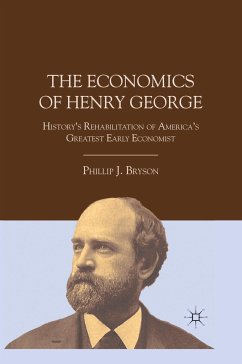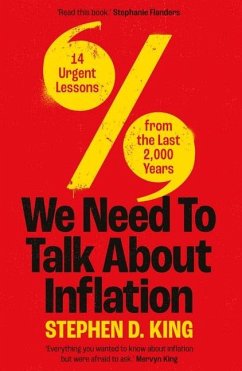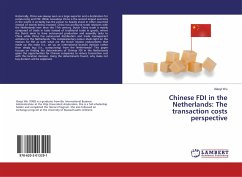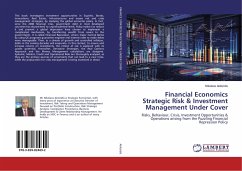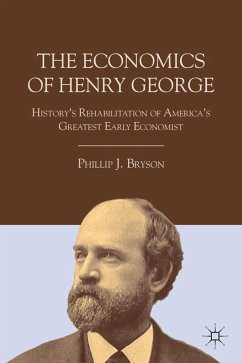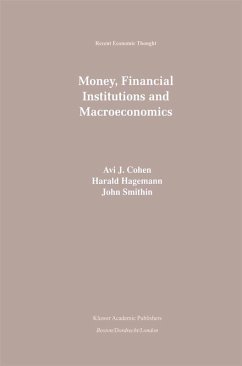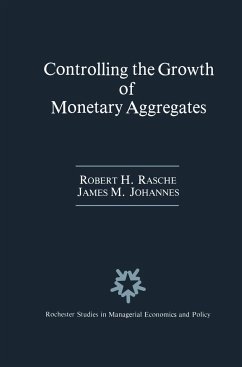
The Post-War Financial Rehabilitation of The Netherlands

PAYBACK Punkte
20 °P sammeln!
Ecoltomic and political background When after five years of war and occupation (May 194o-May 1945) The Netherlands started on the road to recovery, the economy was in a catastrophic condition. As a result of destruction, requisitioning and looting, and of unavoidable expenditures by the Government in exile, the national wealth in terms of real and financial assets had been reduced by about 30 per cent. The productive capacity in industry, agriculture, transportation and infrastructure was heavily damaged, stocks were exhausted and labor productivity was serious ly underminded (the daily food r...
Ecoltomic and political background When after five years of war and occupation (May 194o-May 1945) The Netherlands started on the road to recovery, the economy was in a catastrophic condition. As a result of destruction, requisitioning and looting, and of unavoidable expenditures by the Government in exile, the national wealth in terms of real and financial assets had been reduced by about 30 per cent. The productive capacity in industry, agriculture, transportation and infrastructure was heavily damaged, stocks were exhausted and labor productivity was serious ly underminded (the daily food ration had reached the near starvation level of barely 600 calories per person).1 Monetary reserves and foreign investments had suffered heavy losses. The economic and social strategy on which the new post-war Government embarked was directed towards three major objec tives: a) rapid reconstruction of the productive potential; b) equit able distribution of the national income; c) rational utilization of the available economic resources. It was realized that the achieve ment of these objectives was conditioned by austerity with respect to consumption, after a reasonable subsistence level had been restored; by a maximum investment effort; by the re-establish- 1 During the war period, the population had increased by more than 400,000 reaching 9.3 million end-I94S.






